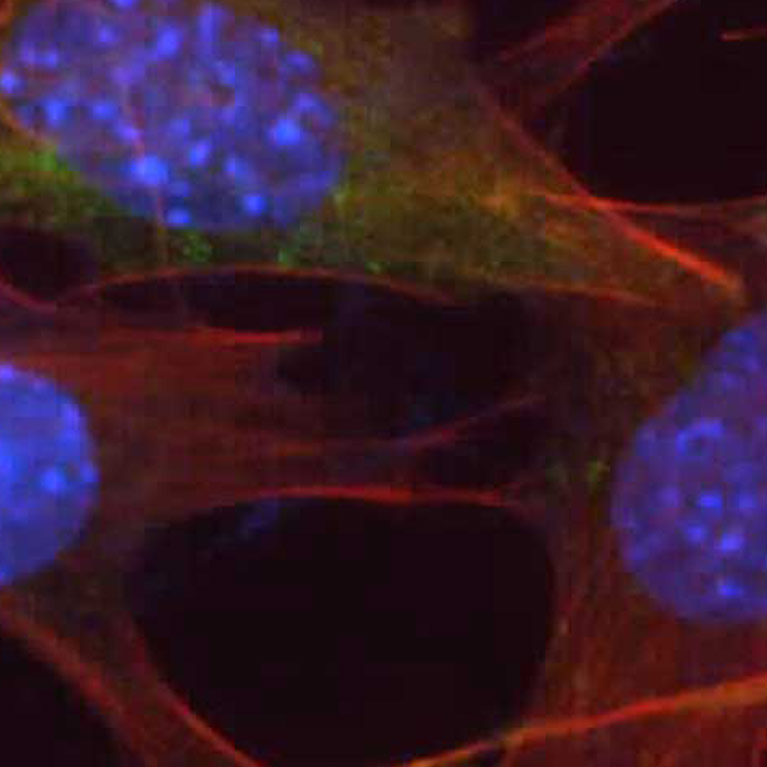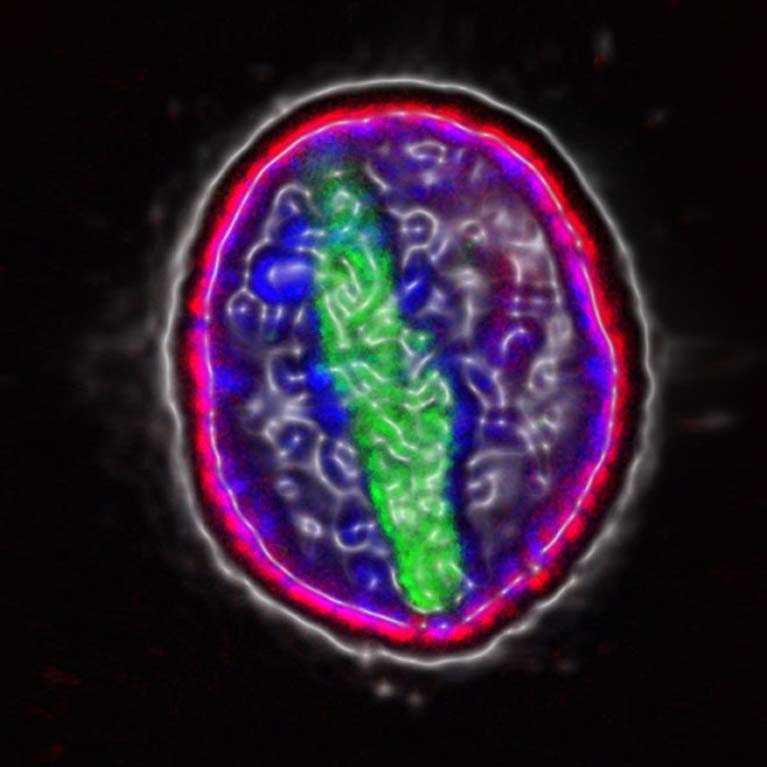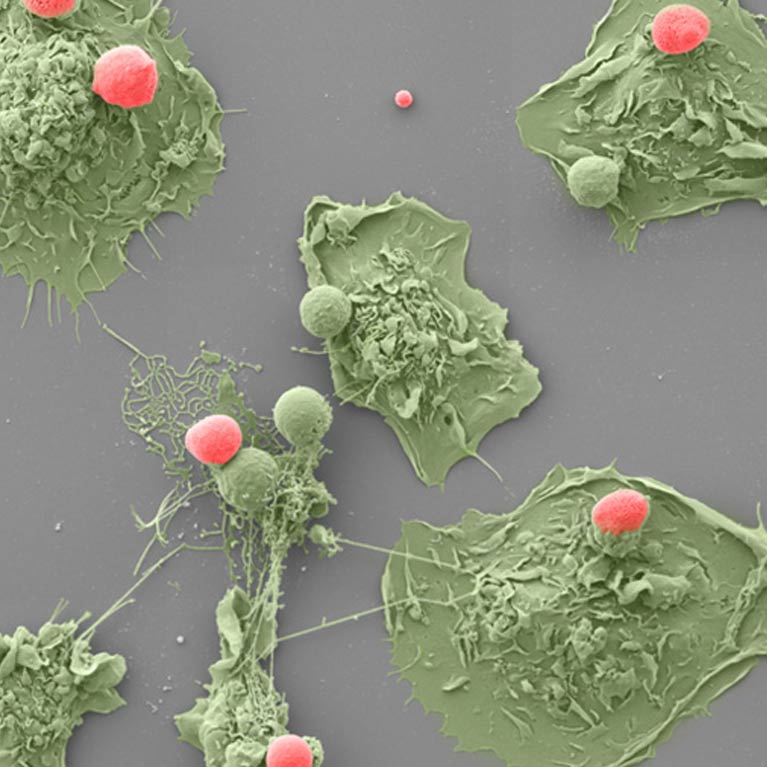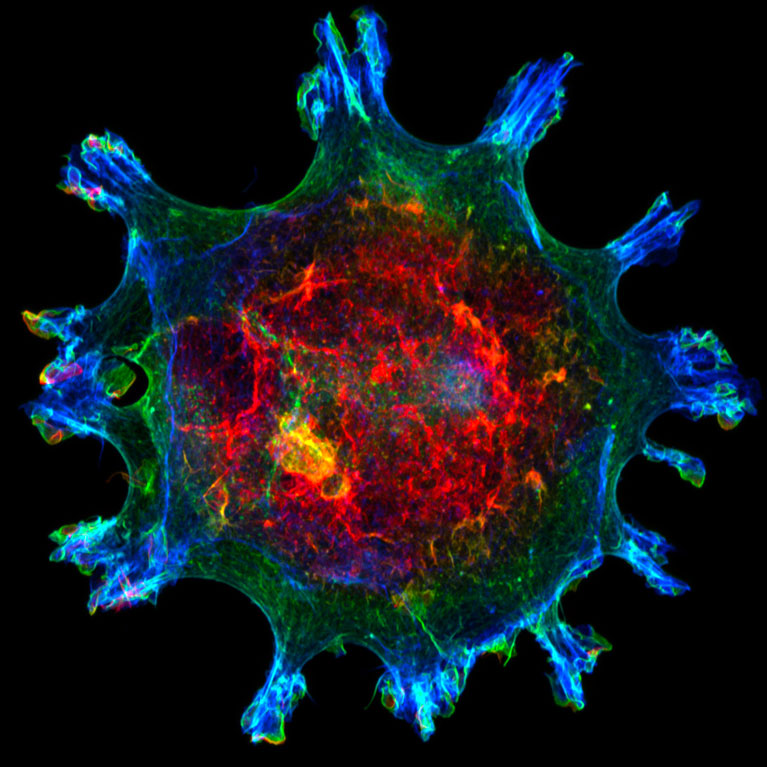
A National Cancer Center Institute-designated basic research center, Salk's Cancer Center probes the fundamental aspects of cancer biology, with the ultimate goal of reducing incidence, morbidity and mortality.
Read More
The overall goal of the Crick-Jacobs Center is to integrate experimental and theoretical approaches to understanding the organization of signaling systems and the functional neuroanatomy of the brain and how behavior arises from the interactions between the brain's many components.
Read More
The Paul F. Glenn Center for Biology of Aging Research draws from 13 of Salk's leading laboratories to address the overarching goal of defining a healthy lifespan and understanding the biological processes of aging.
Read More
The NOMIS Center for Immunobiology and Microbial Pathogenesis aims to shed light on the molecular mechanisms that cause infectious diseases, understand the body's response to injury or infection, and explore why inflammatory processes spin out of control under some circumstances.
Read More
The Waitt Advanced Biophotonics Center is a state-of-the-art research hub that enables investigators from across many disciplines to gain unprecedented insight into the inner workings of cells and tissues by observing how single molecules and cells function in real time.
Read More